Assist India – Building Ideal Communities
Rural India

Operational Areas
ASSIST’s operational areas include more than 270 villages, spread over the rural areas of several districts in the states of Andhra Pradesh, Telangana, and Karnataka. The main operational areas are in central Andhra Pradesh such as Guntur, Palnadu, Krishna and Prakasam, including areas near the Bay of Bengal and dryer inland areas. ASSIST’s head office is in Chilakaluripet in Palnadu District.
Andhra Pradesh is the seventh largest state of India covering an area of 162,975 km2 in the south-eastern coastal region of India. With over 50,000,000 inhabitants, Andhra Pradesh is the tenth-most populous state of India. Telugu is the official language and the mother tongue of 90% of the population. Urdu is the largest minority language. The major religious groups are Hindus (90%), Muslims (8%) and Christians (1.5%).

Andhra Pradesh’s economy is mainly based on agriculture and livestock. The state has a rural population of more than 70%, and most of this group are engaged in agriculture and related activities. Rice is the major food crop and staple food of the state. Not surprisingly, Andhra Pradesh is known as the ‘Rice Bowl of India’. But many other crops are cultivated too, including all kinds of millets, pulses, chilies, sunflowers, peanuts, sugarcane, and tobacco.
Livestock and poultry are also important economic factors. Rearing goats, sheep and buffaloes is mainly done for commercial purposes, and Andhra Pradesh is the largest producer of eggs in India. Fisheries contribute 10% of the total fish production and 70% of the shrimp production in India and are important economic activities too.
Although agriculture and livestock are Andhra Pradesh’s main source of income, the state has a high proportion of small and marginal farmers, who barely – if at all – manage to make a living and provide for their families. There are also many landless agricultural laborers who depend on extremely low and uncertain daily wages. On top of that Andhra Pradesh has a comparatively high number of Scheduled Caste and Scheduled Tribe people, who as groups are too often marginalised from opportunities for development.
It is in these underdeveloped and often deprived rural areas that ASSIST works and implements its Comprehensive Community Development Programmes that have successfully led to sustainable development of communities since its foundation in 1985.
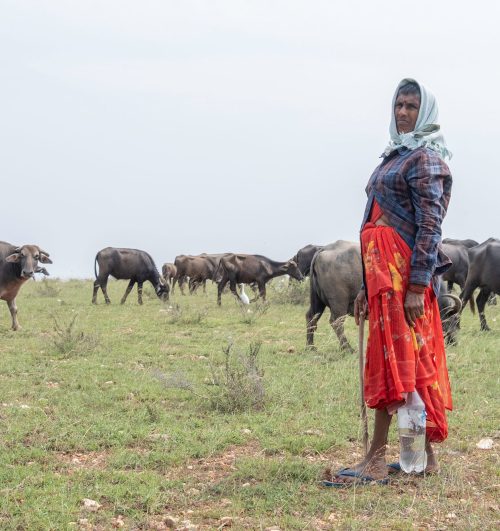
Target communities
Even within the focused areas that ASSIST’s projects operate, there is a huge amount of diversity in climate, livelihoods, topography, and demographics. ASSIST’s Comprehensive Community Development approach covers broad sets of activities, run under the principle of local leadership of the development process. The details of each and every project are different, however, given the big differences between each operational location. Some examples of ASSIST’s operational areas are featured below.
Area Case Study 1 – Lime Production in Piduguralla
ASSIST has been intervening in the Piduguralla area, which is home to communities who work in the Lime production industries, area for more than 20 years. In the early years of ASSIST’s operation, child labour was rife in all three stages of Lime production: Quarries, Kilns and Factories. Following years of hard work taking children in at daycare centres, integrating them into mainstream education, and helping adults to find alternative livelihood opportunities, there has been a dramatic reduction in child labour in the area.


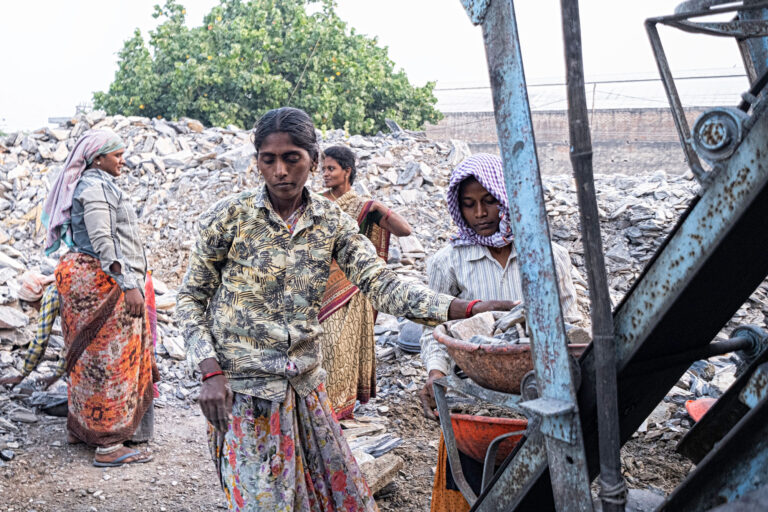

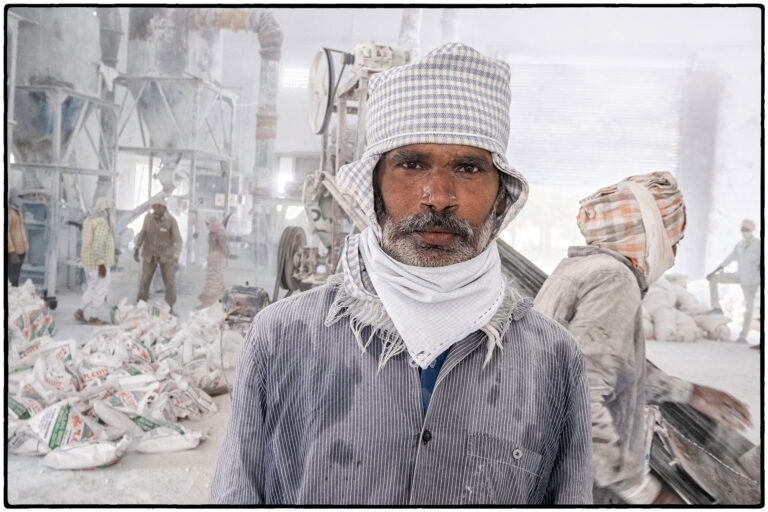
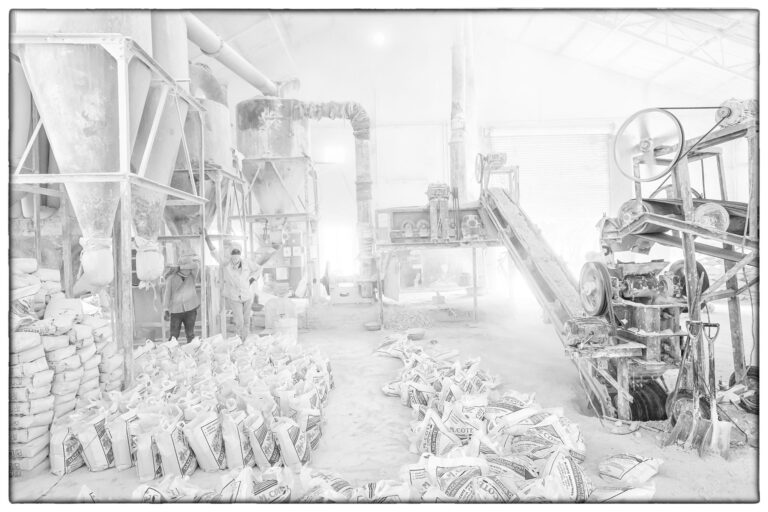
Nevertheless, with migrant workers arriving in the area all the time to seek work, there is still a need for ongoing support in several communities. Comprehensive Community Development projects in villages and Vocational Training in ASSIST’s training centre are two examples of successful ongoing projects.
The Lime Production process remains the main industry in Piduguralla, with the town noticeably hotter due to the huge concrete Kilns which cover its landscape. After limestone is retrieved from quarries, large rocks are broken by hand, loaded into Kilns, where they are fired and broken down to the size which can be taken to factories. At the factories the daily workers are exposed to airborne fumes as they pack the lime dust into bags. Wages for labourers are around 150-300 INR per day, somewhere between $2-$3 USD. Families travel from across India to work in the lime industry in Piduguralla.

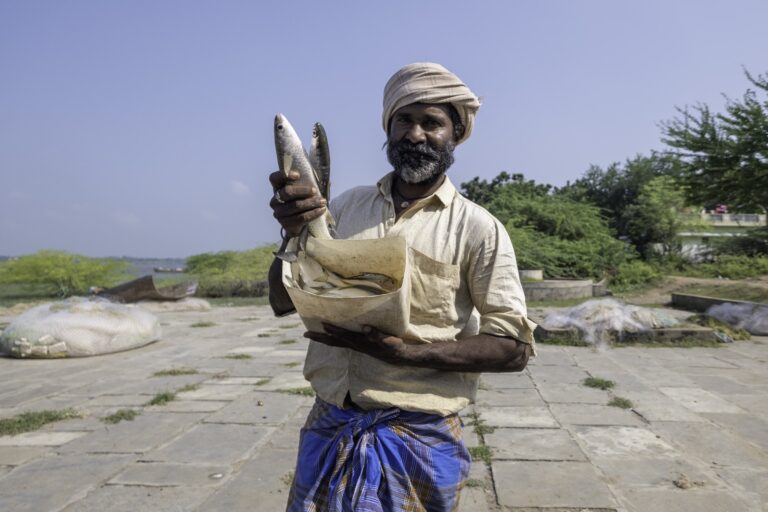
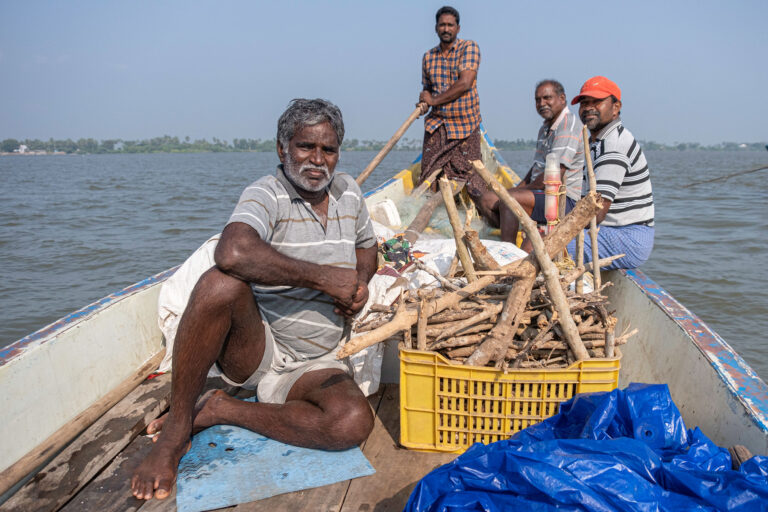


Area Case Study 2 – Island Communities on the Krishna River
ASSIST has been working hard on the Comprehensive Community Development of several communities living on the islands where the Krishna River splits and meets the Bay of Bengal, over recent years.
The predominant livelihood of villages like Eduromondi is fishing, with families depending entirely on this trade which they have practiced for generations.
Villages in this region are cut off from mainland services such as hospitals and high schools. During the COVID-19 pandemic, the small hospital on one of the islands was completely overwhelmed, and has to be entirely repurposed as a COVID treatment ward.
ASSIST has been working in partnership with villages in these remote locations to ensure that, through the Village Development Societies (VDS), communities prioritise the improvement of housing, sanitation and school infrastructure, especially with the increased occurrence of flooding due to climate change.
Area Case Study 3 – Slate Mining in Markapur
The inland area of Markapur, in Prakasam district, is by contrast a very dry region where slate mining is the main industry. Water access in this location is a particular challenge, with groundwater scarcity and contamination both being major issues. Excess fluoride in villages has led to higher number of musculoskeletal diseases, including cases of Polio.
Caring for family members with disabilities is a challenge in ASSIST’s focus villages, as adults work long hours in the slate mining industry, leaving very little time – or extra income – to look after those with challenging impairments.


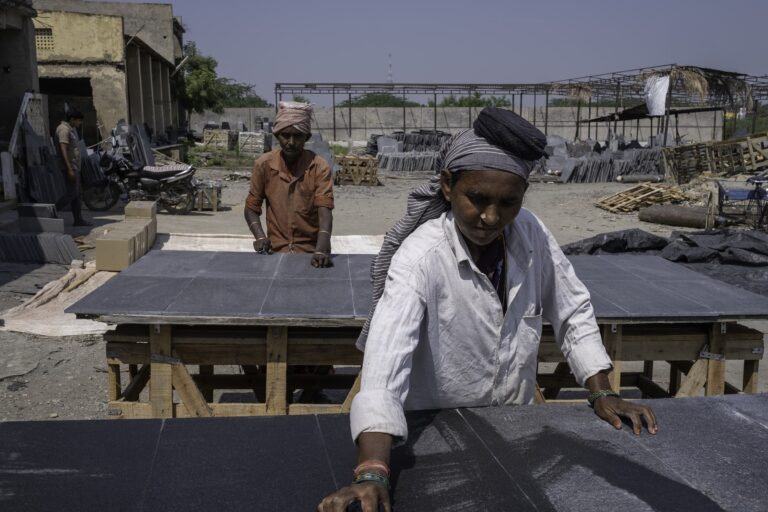
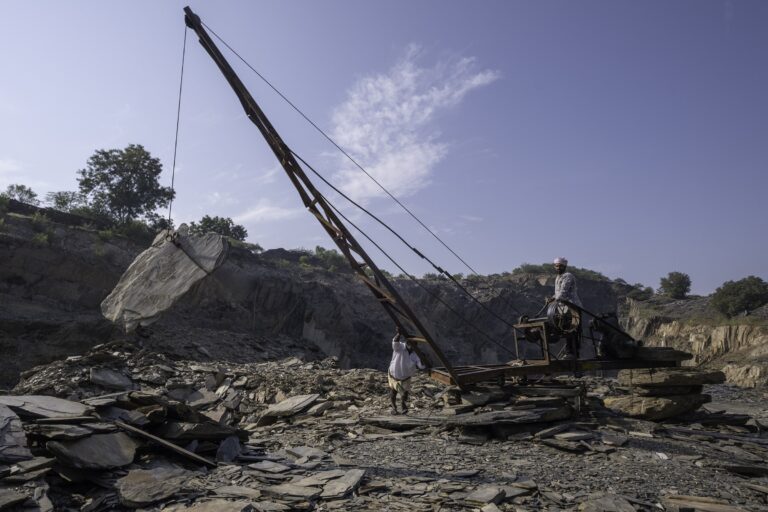
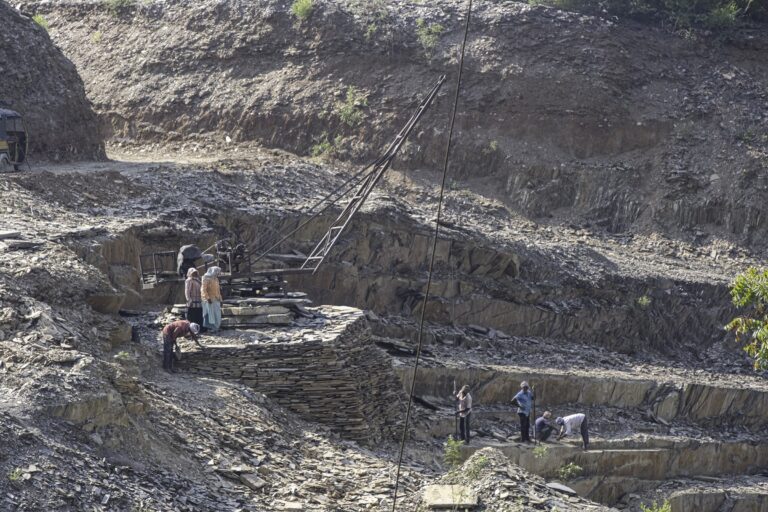

Comprehensive Community Development projects address each of these serious cases under the Community Health focus, where health checks are organized, after which the families are connected to external experts, whom they would not otherwise have had the chance to meet. In many cases, young adults with impairments are then able to work, and contribute to the income of their families, where they had been inactive before.
Another recent project in this region has been Rainwater Harvesting systems, being piloted as a household level alternative to Water Treatment Plants, now that there is greater scarcity of available groundwater.
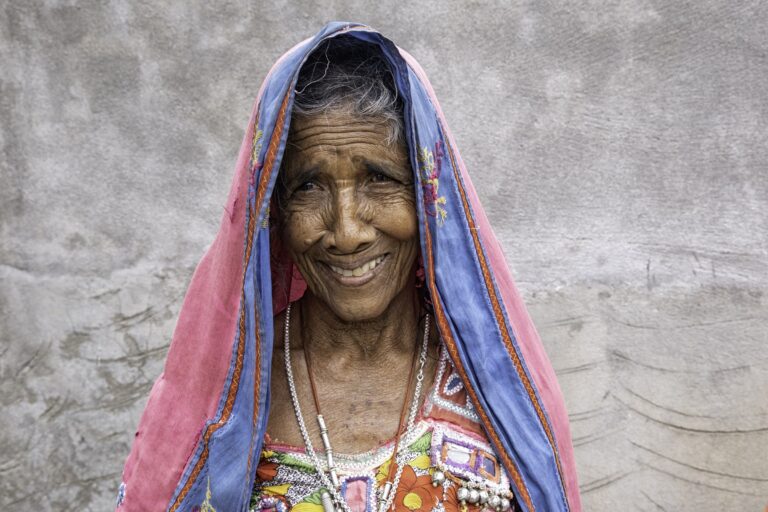
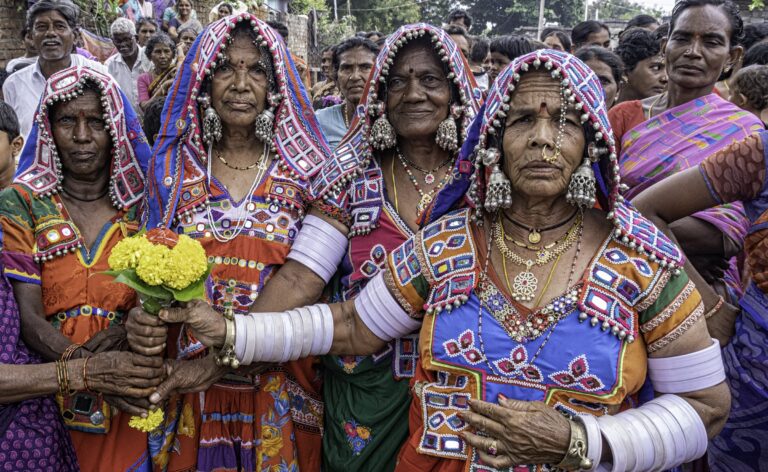



Area Case Study 4 – Tribal Groups in Veldurthi
SSIST has started its interventions in the villages of Veldurthi, near Marcherla, relatively recently in comparison with other areas. At the moment, a major Organic Farming scheme is in progress to enable farmers to diversify their crops away from the regular cash crops of cotton and chillis, for which a good price is not always guaranteed, and require the heavy use of fertilizers. Those participating in ASSIST’s 5 year programme are now growing mango, guava and other fruits from trees in an intercropping method.
This enables farmers to learn how to cultivate the new produce and receive a profit at market before transitioning away from cash crops and fertilizer.
Many of the communities living in and around Veldurthi are from the Banjara, or Lambadi tribe, who now live in large numbers in Andhra Pradesh, having migrated south over the last century from northern Rajahstan. As a Scheduled Tribal group, the local population are one of the more disadvantaged economically in India. Despite this, ASSIST’s community development efforts are bringing new hope and opportunity to a group of people with an extremely rich cultural heritage.

